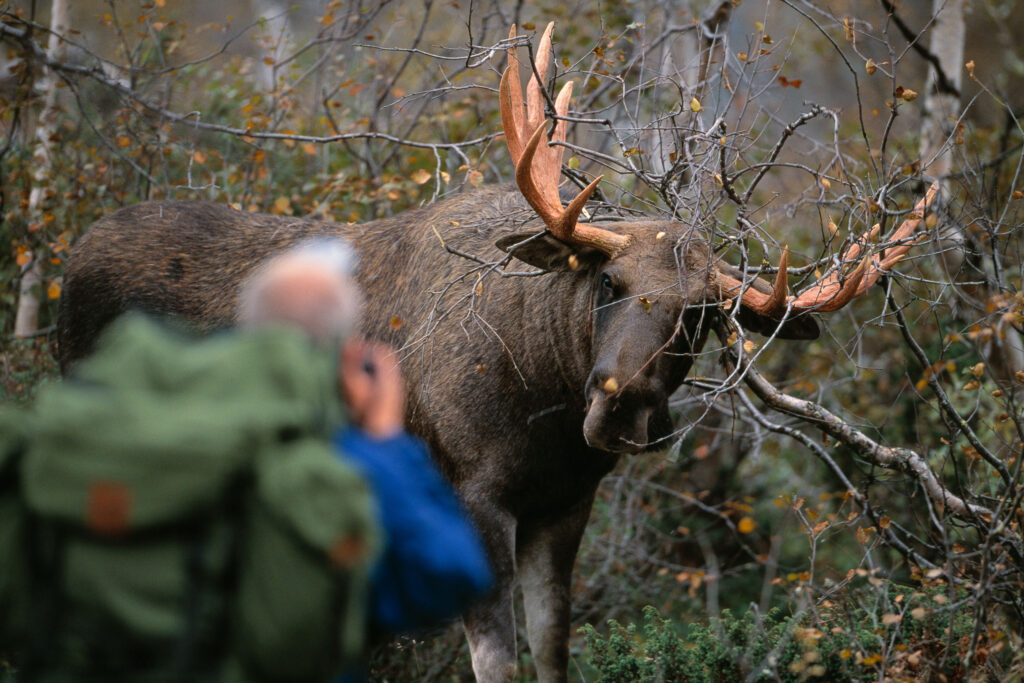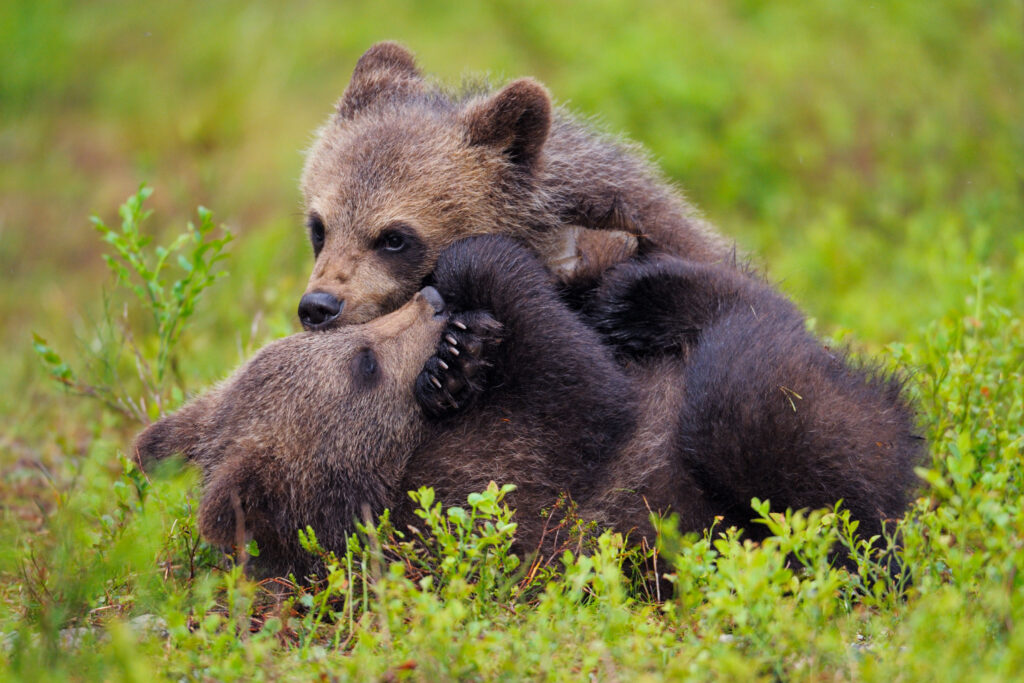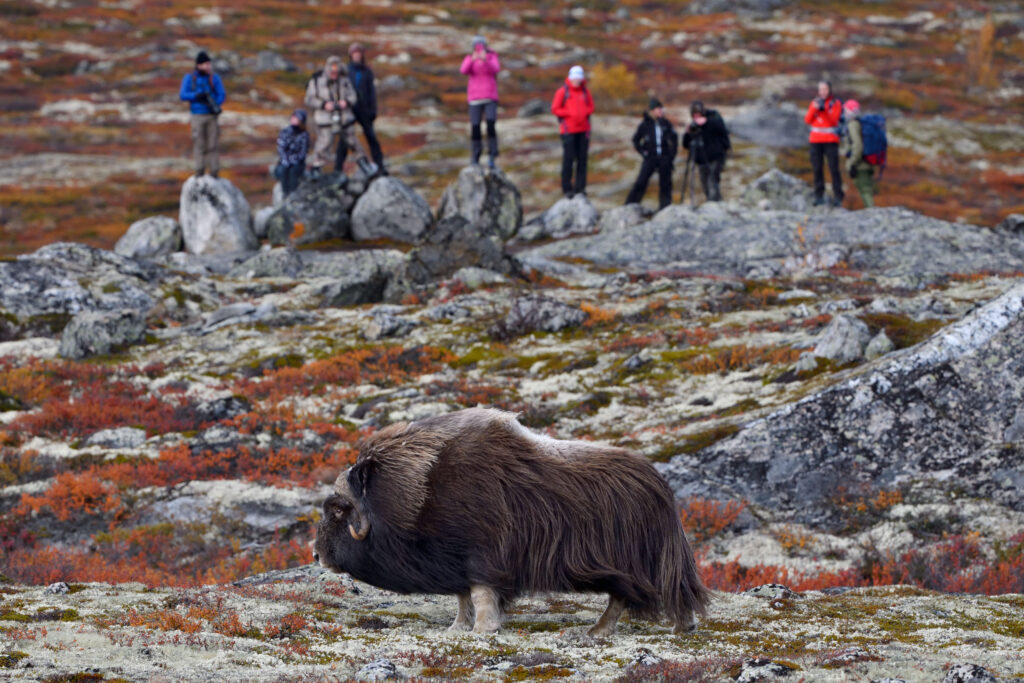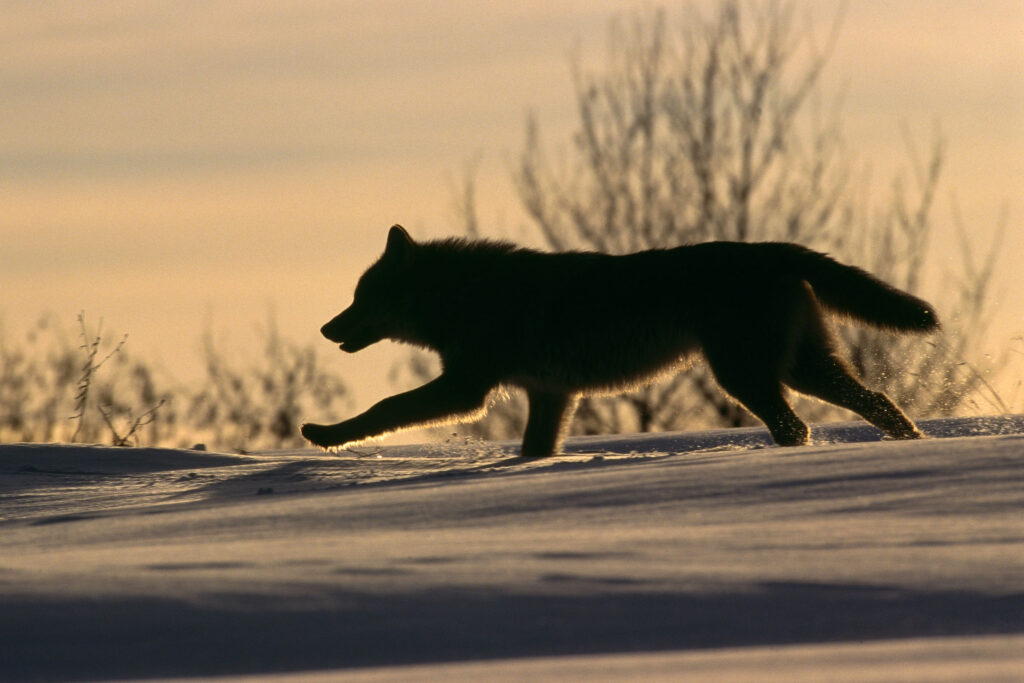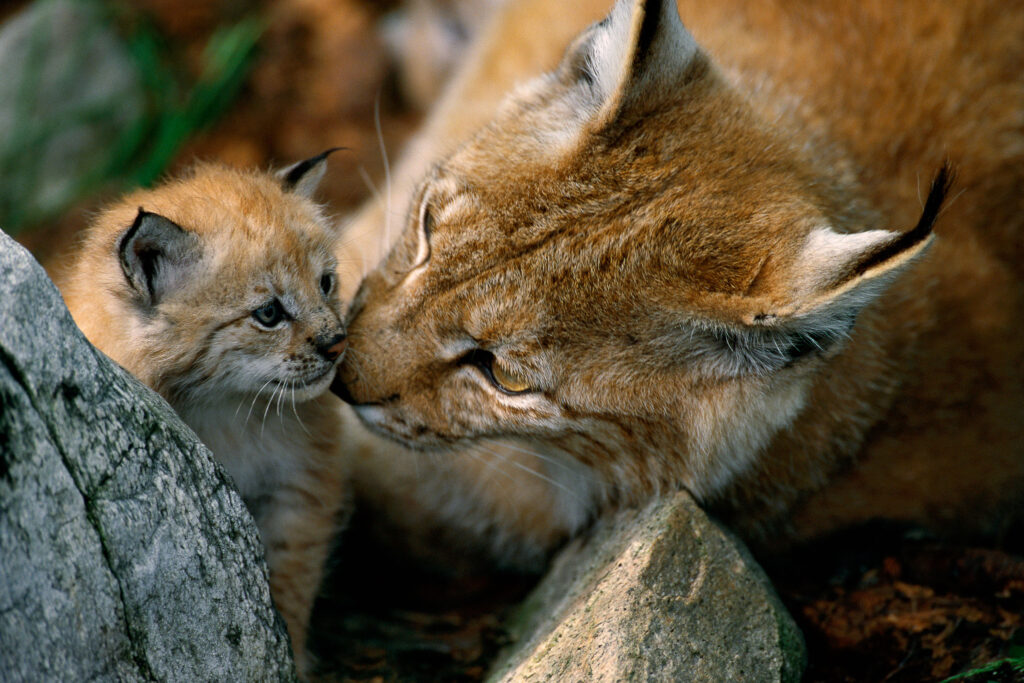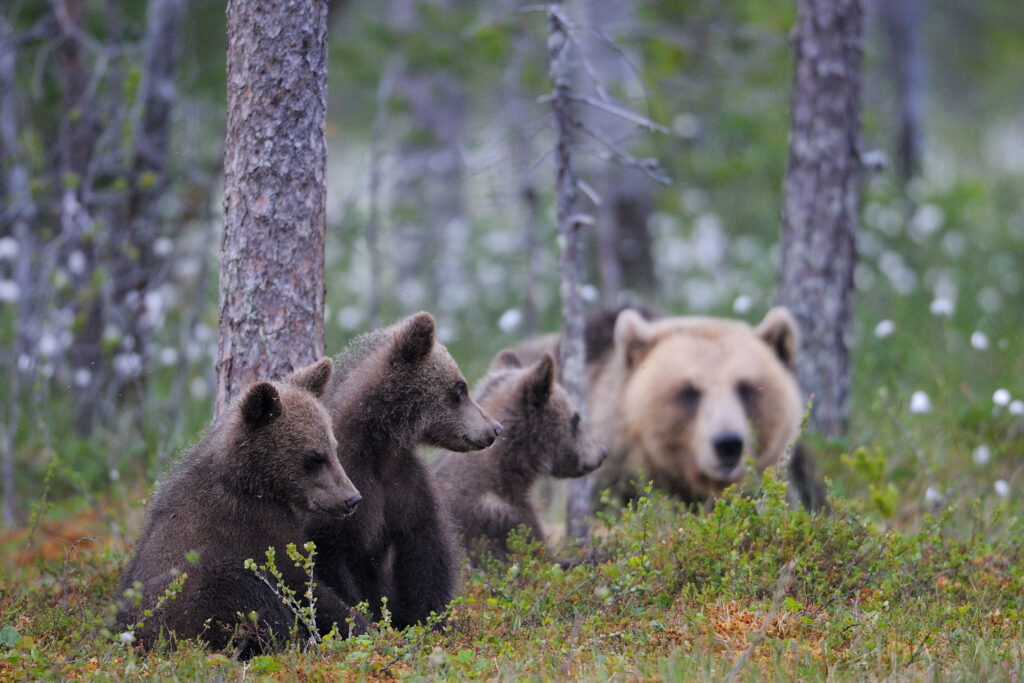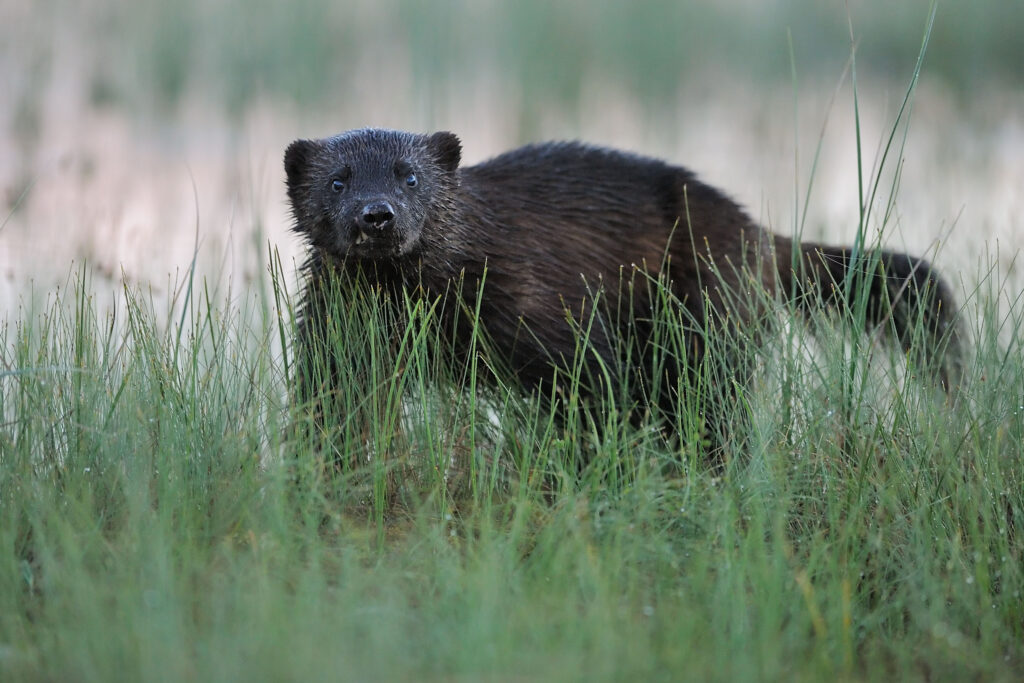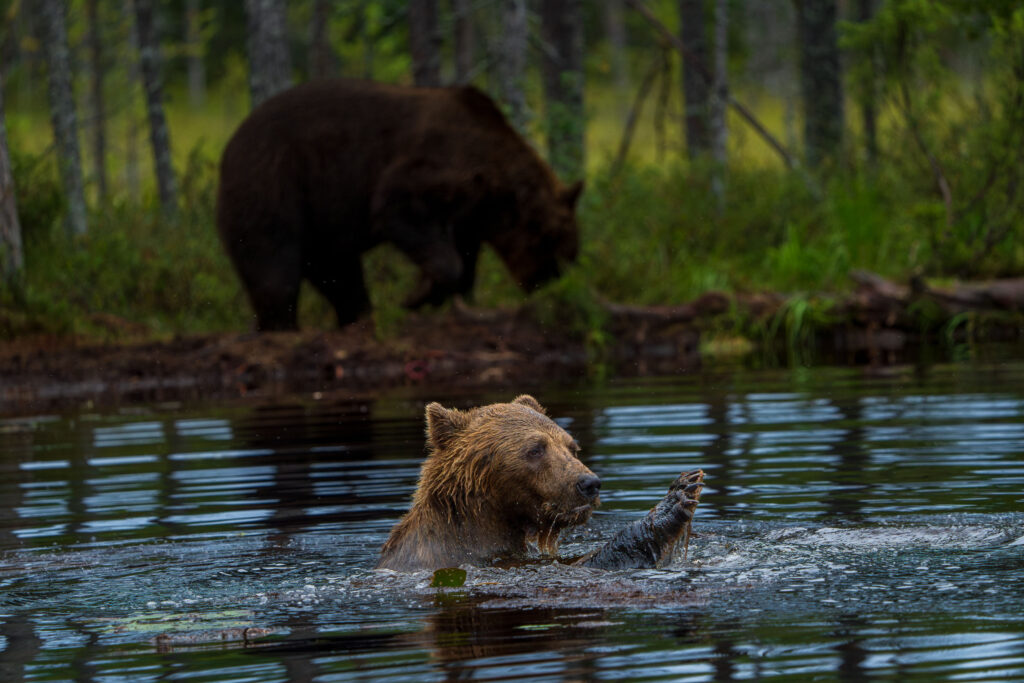Carnivores as money makers
To think about carnivores only as a cost for us humans, is an old-fashioned and useless path for local communities and society as a whole. Why not also ask how much income the carnivores can bring, especially locally? In Finland, wildlife tourists already bring in much more countryside income than these animals are said to “cost”.
The attitude toward charismatic wildlife is changing rapidly, all around the world. Instead of seeing wildlife as pests, costs and problems, many realize that wild animals are also, or may become, very valuable local assets, apart from playing their crucial role in nature.
Gorillas in Uganda, lions in Kenya, pumas in Chile and jaguars in Brazil are all serious drivers of valuable tourism to their respective country. They are literally worth billions in total revenue, at all levels (national, regional and local) as spearhead nature tourism attractions. Alive, that is, not dead. We can now add wolves, bears and wolverines in Finland to that list.
Most of these incomes are generated locally, in the regions where such animals live.
In 1991 there was one bear watching operation in Finland. By 2017, there were no less than 35, attracting at least 9,000 visitors, to their over 200 hides, which that year generated incomes of about 7 million euro. Most of that with the local, small ecotourism operators, but also regionally, with grocery stores, restaurants, local hotels, taxis, buses, pharmacies and car rentals, all this in one of the EU’s most remote countryside areas, right on the border with Russia. Add to that, the extra turnover also at a national level, from the visitors flights, ferries, hotels, gas station visits and train rides.
Most of these wildlife watching operators in Finland are happy to be interviewed about their experiences from the field of professional wildlife watching tourism.
Since 2011 wildlife watching is the “Number one outdoor activity” in the USA. In 2022, wildlife watching counted 148 million participants in the USA and a turnover of 250 billion USD. This is three times the number of participants compared to hunting and sports fishing, taken together, and twice as much as their combined turnover.
Tourism is one of the world’s biggest business sectors, and it is rapidly growing. In Sweden the export value of tourism was 144 billion SEK in 2018, with the added 25 percent VAT generated for the state tax authorities. Comparable with the export value in Sweden of forestry products, such as timber, paper and pulp, during the same period (2018) was 160 billion SEK, but then with virtually no VAT income for the state.
Everything wild is today valuable and sustainable, also moneywise. The wilder, the higher the value.
Links
- National Survey of Fishing, Hunting, and Wildlife-Associated Recreation (US Fish and Wildlife Service 2023)
- “They make millions from a forest full of carnivores” (Aftenposten, Norway, 2023, paywall)
- Towards measuring the Economic Value of Wildlife Watching Tourism in Africa (UN-WTO 2015)
- Wildlife watching and Tourism, (UNEP 2006)
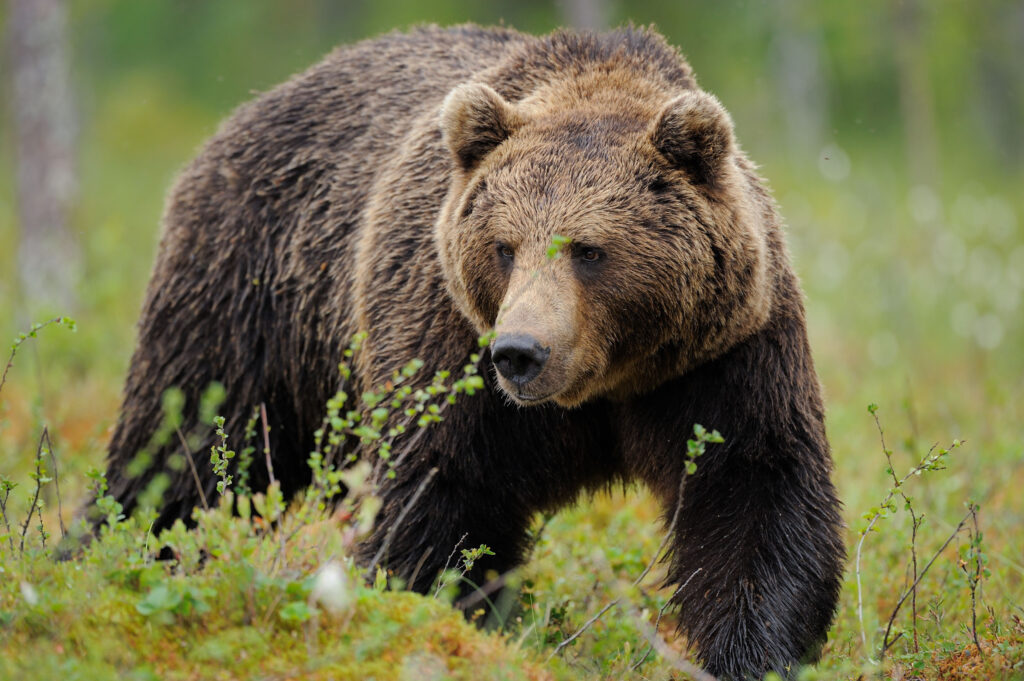
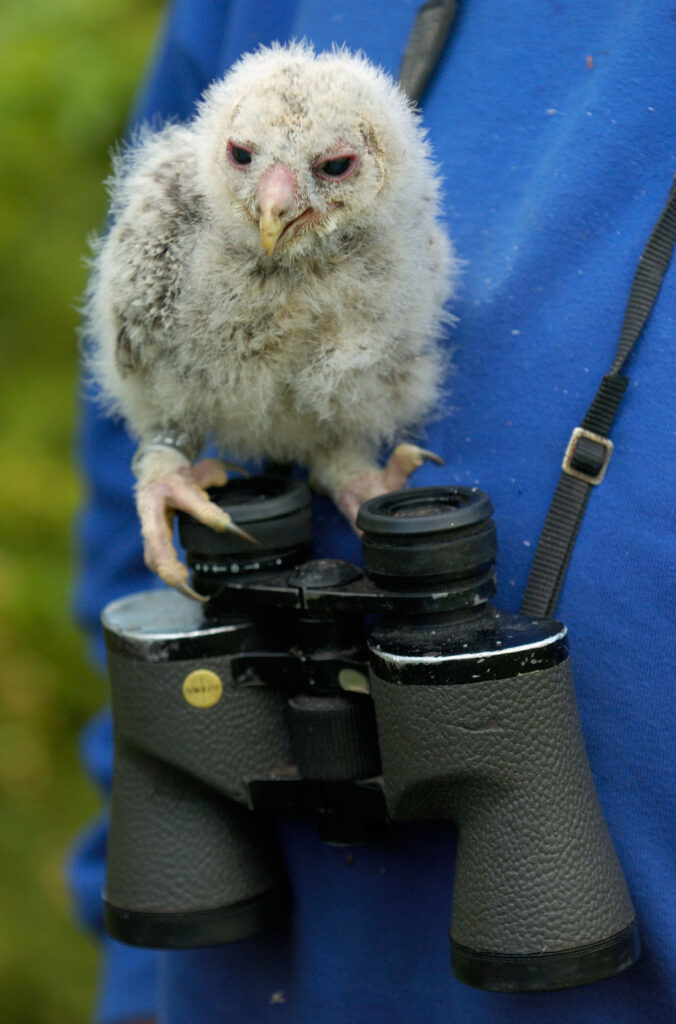
Image credits
From the top: 1 Roger Brendhagen, 2-3 Staffan Widstrand.
